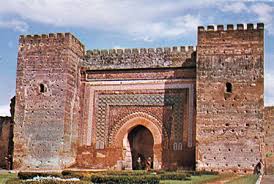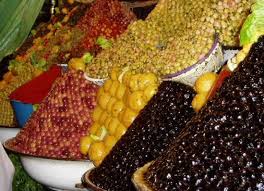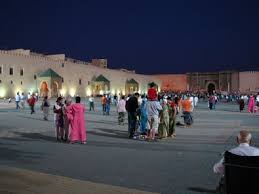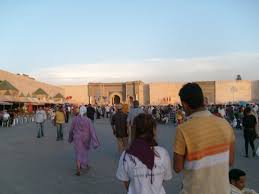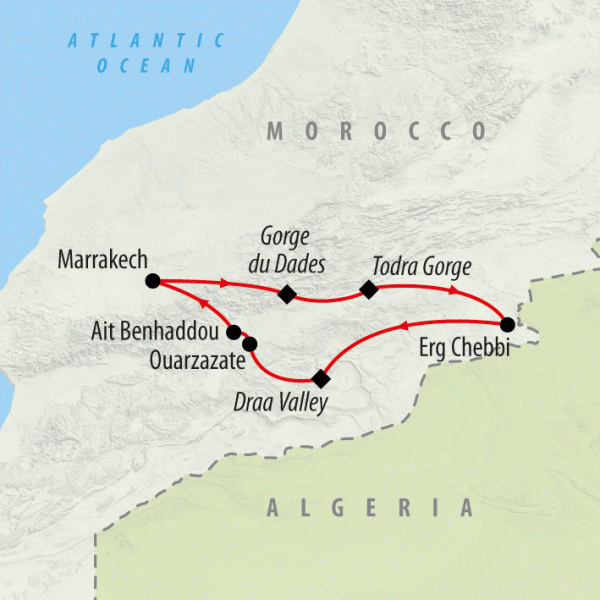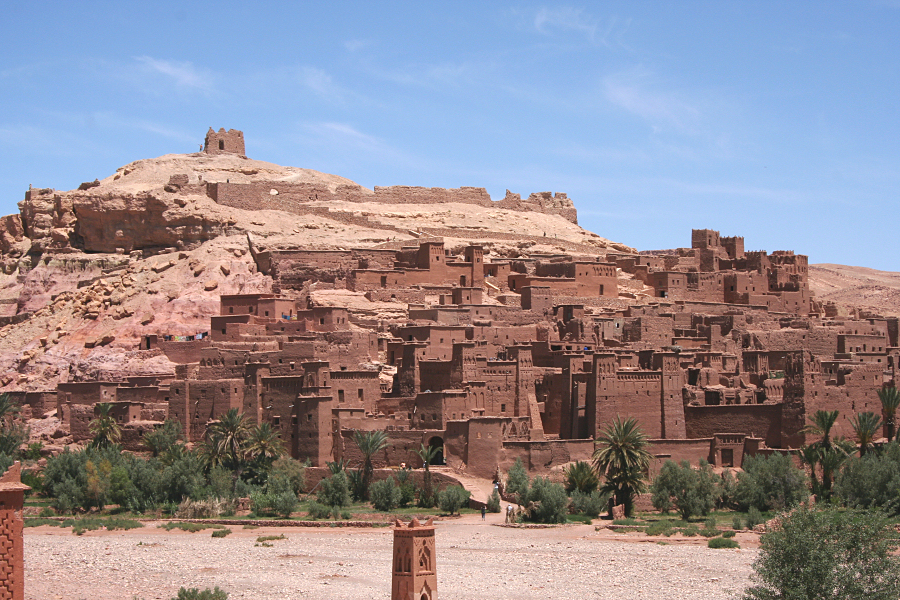The city of Meknes, as almost all other towns in the North of Africa, is divided in two parts: the Old Town (Medina) and the New Town (Ville Nouvelle, in French).
In the Villle Nouvelle is where the train and bus stations are. Most of the hotels in town are also in Ville Nouvelle. To get to the Medina from there, you can walk – 20-30 minutes-- or take a taxi – for a few dirhams.
In the Medina is where most of the monuments are. In Meknes you have three points of interest: the Moulay Ismail landmarks, South East; the souqs (shops) and narrow streets of the Medina, North; and the jewish quarter, (the Mellah), South West. Most of the monuments in the medina can be visited on foot, but distances are quite big.
Once in Meknes, the first thing you have to do is go to the Medina’s main square, El-Hdim. This Square is similar to the one in Marrakech, but smaller and quieter. From the square you can walk to the Souqs and the old Medina. Once you come back from the visit to the shops, you can go to one of the cafes in the square and enjoy a mint tea in a terrace. In order to visit the Royal City I recommend taking a cab, but it is also possible to go there walking.
There seems to be always something going on in this open air circus. The El-Hdim Square is one of Mekne’s highlights. Local musicians, story tellers, traditional medicine physicians, snake charmers, … I am sure they will call your attention. Otherwise as in other Moroccan cities, showmen are here not to entertain the foreign visitor, but local people.
In some of the cafes in the square, you will also find food. Mostly barbecue chicken and kebabs.
By the way, the offer of places to eat is not very wide, but there are some excellent restaurants in Meknes. Prices are quite low. Most of the good restaurants are in the streets that lead to the medina from Ville Nouvelle.
The Medina of Meknes was added to the UNESCO World Heritage List in 1996 because of its harmonious combination of elements of Islamic and European origin in its design and planning.
In the Medina of Meknes one can find one of the most beautiful Koran schools in Morocco, the Medersa Bou Inania. It was built in the 14th century during the times of Sultan Abou el-Hassan. On the second floor one can visit the cells of the students. From the roof terrace one has a nice view of the Grand Mosque.
Non Muslims are not allowed inside the mosques in Morocco. Apart from the richly decorated gate, there is not much more to see in the Grand Mosque.
Although much smaller than its counterparts in Marrakech and Fez, the old medina of Meknes, where the souqs are, is something you should not miss. Because of its labyrinthine design, it is almost impossible to find your way around. The best you can do is get in, follow the crowds, and when you have enough of it, ask someone for the gate to El-Hdim Square.
The offer of souvenirs is not as wide as in Fez or Marrakech either, but you can find some good bargains in Meknes. Negotiating with vendors is much easier here than in Marrakech, and sellers are much nicer. Meknes was one of my favorite towns in Morocco for buying souvenirs. You can find tapestries, silver and copper goods, lamps, pillows and and almost an endless list of craftsmanship.
 … he must give us an idea about it , why they call it so , how old it is , a lil flash back on its history … then he must tell us where to go if we visit it … nice hotels , restaurants … u know things that help a tourist .
… he must give us an idea about it , why they call it so , how old it is , a lil flash back on its history … then he must tell us where to go if we visit it … nice hotels , restaurants … u know things that help a tourist .
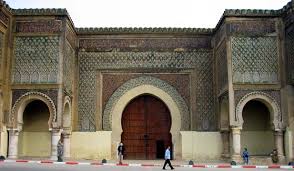
 even me i cant remember all their names lol i know shame on me
even me i cant remember all their names lol i know shame on me